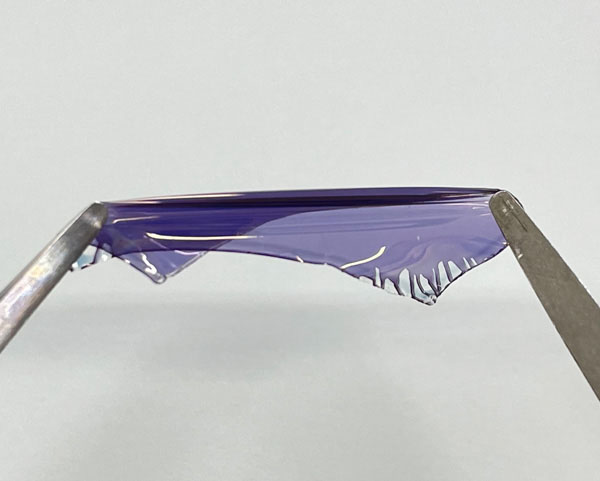| Oct 10, 2024 |
|
(Nanowerk News) A stretchable solar cell developed by RIKEN physicists can be stretched without greatly affecting its ability to convert light into electricity (Nature Communications, “Intrinsically stretchable organic photovoltaics by redistributing strain to PEDOT:PSS with enhanced stretchability and interfacial adhesion”). It is thus promising for powering the next generation of wearable electronics.
|
|
Today’s smart watches can monitor an impressive array of health metrics, while more-specialist wearable devices are being developed for specific medical applications. But such devices need to be recharged periodically.
|
|
To eliminate this need, researchers are seeking to develop flexible, wearable solar cells. However, it is vital to ensure that the performance of these solar cells doesn’t drop off when they are stretched by body movements during everyday life.
|
|
“We’re focusing on making very thin, flexible devices. But such devices don’t have intrinsic stretchability,” explains Kenjiro Fukuda of the RIKEN Center for Emergent Matter Science. “Rather, they’re similar to plastic wrap used to wrap food—you can maybe stretch them by 1% or 2%, but 10% is impossible since they tear easily.”
|
|
Fukuda and his team are trying to overcome this problem by developing solar cells that are intrinsically stretchable.
|
|
“Our approach is very simple—we use stretchable materials for every functional layer in a device,” says Fukuda. “But while the concept is simple, the method is highly challenging since we have to strike a balance between the stretchability of each layer and its performance.”
|
|
Now, Fukuda and his co-workers have realized a high-performance flexible solar cell that exhibits exceptional stretchability.
|
 |
| A photograph showing the flexible solar cell being stretched by two tweezers. (Image: 2024 J. Wang et al.)
|
|
Its power conversion efficiency drops by only 20% when the solar cell is stretched by 50% (i.e., stretched to 1.5 times its original, unstretched length). Furthermore, it retains 95% of its initial power conversion efficiency after being stretched 100 times by 10%.
|
|
The key to realizing such device stretchability lay in the team incorporating an organic compound called ION E in the electrode layer of the solar cell. They added ION E to enhance the stretchability of the electrode, but they discovered that it had another, unexpected benefit—it enhanced the adhesion between the electrode and the layers above and below it.
|
|
“This came as a nice surprise for us,” says Fukuda. “We hadn’t anticipated that ION E would increase the adhesion between layers.”
|
|
Thanks to these two effects, the electrode can take up some of the strain from the active layer above it (which converts light into electrons), improving the stretchability of the whole device.
|
|
The long-term goal is to create a stretchable organic solar cell that has a large area, Fukuda notes. “One obstacle to achieving this is the low conductivity of the polymer used to convey the generated electricity,” he says. “We’re now looking into ways to overcome this bottleneck.”
|


